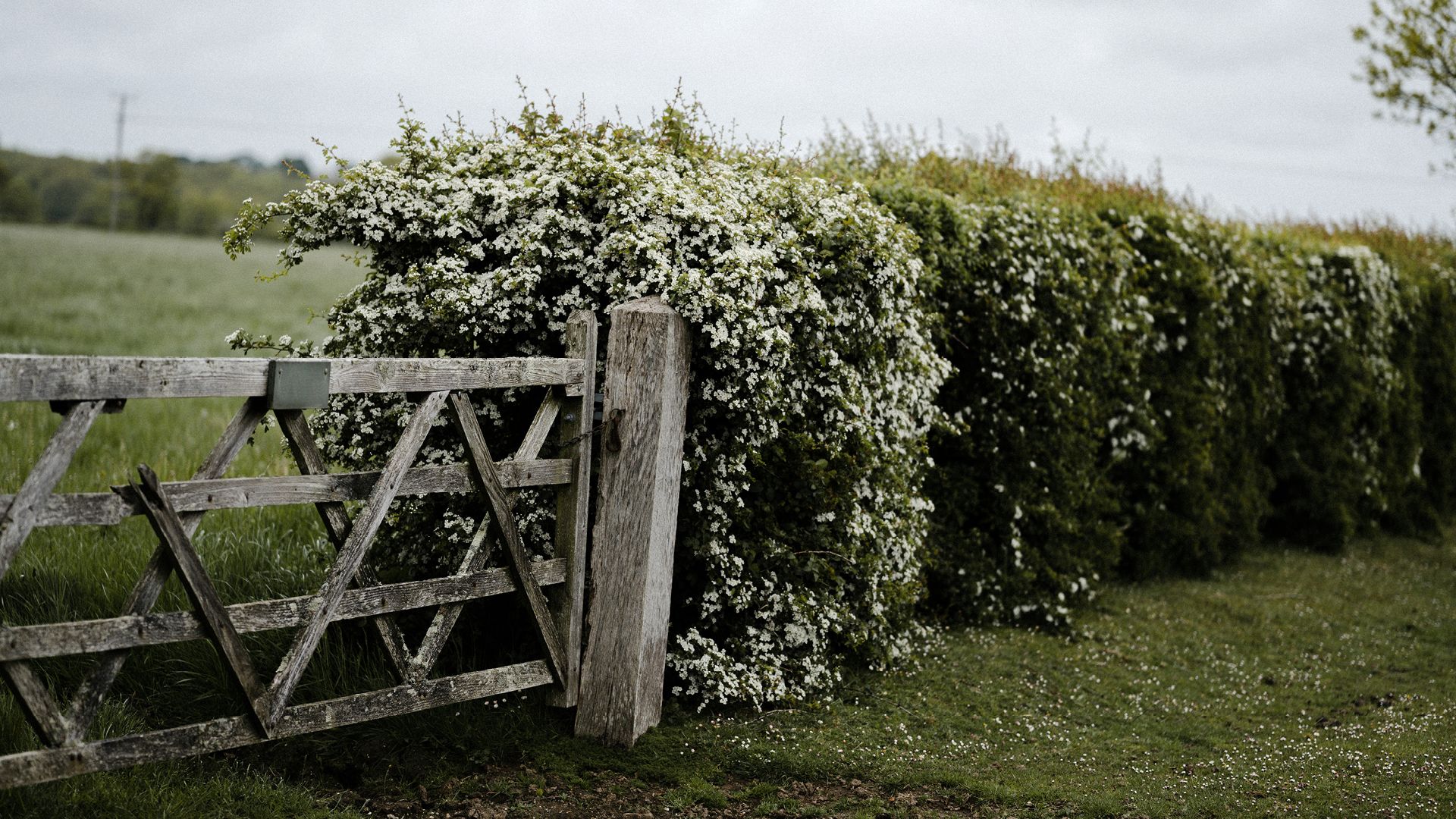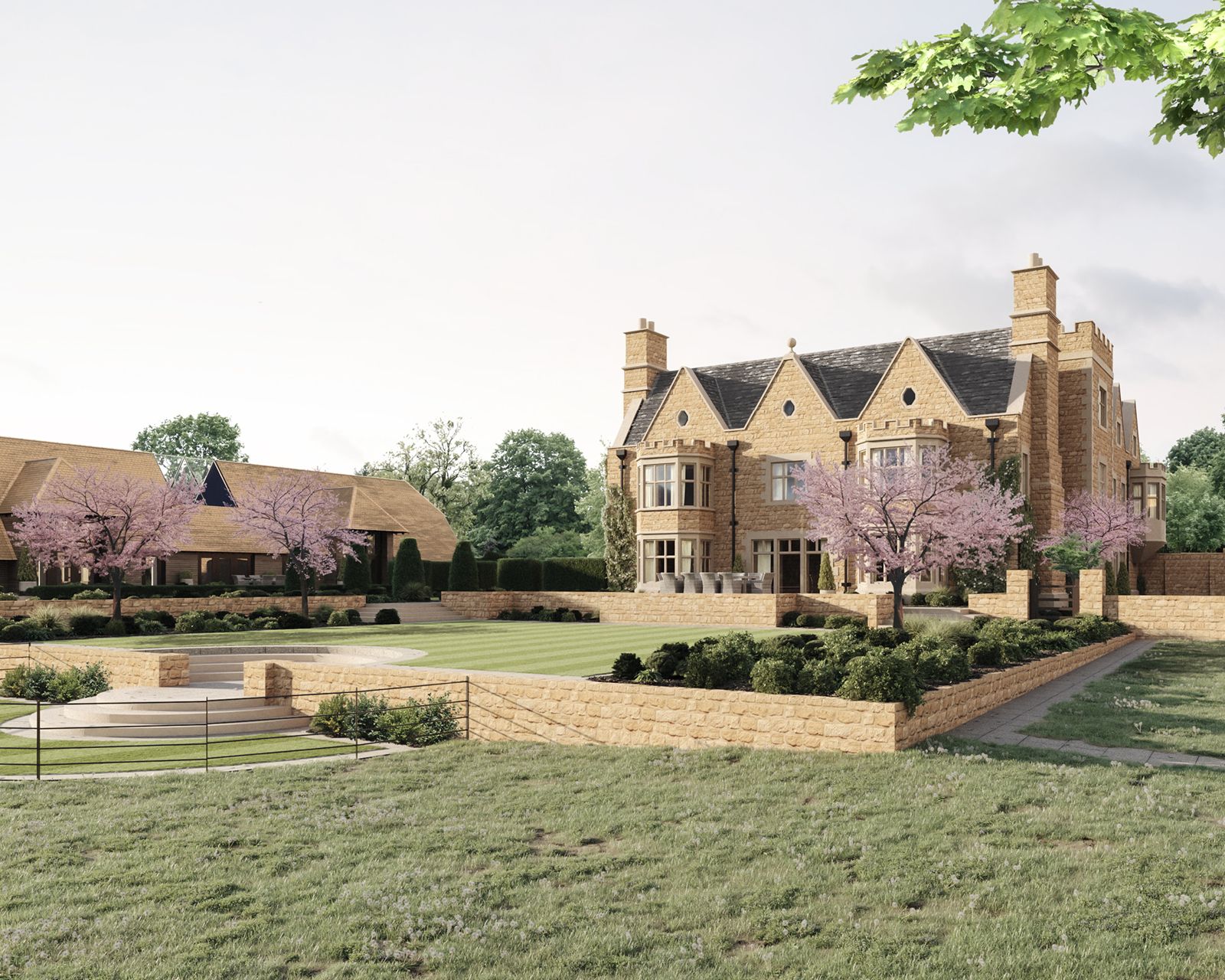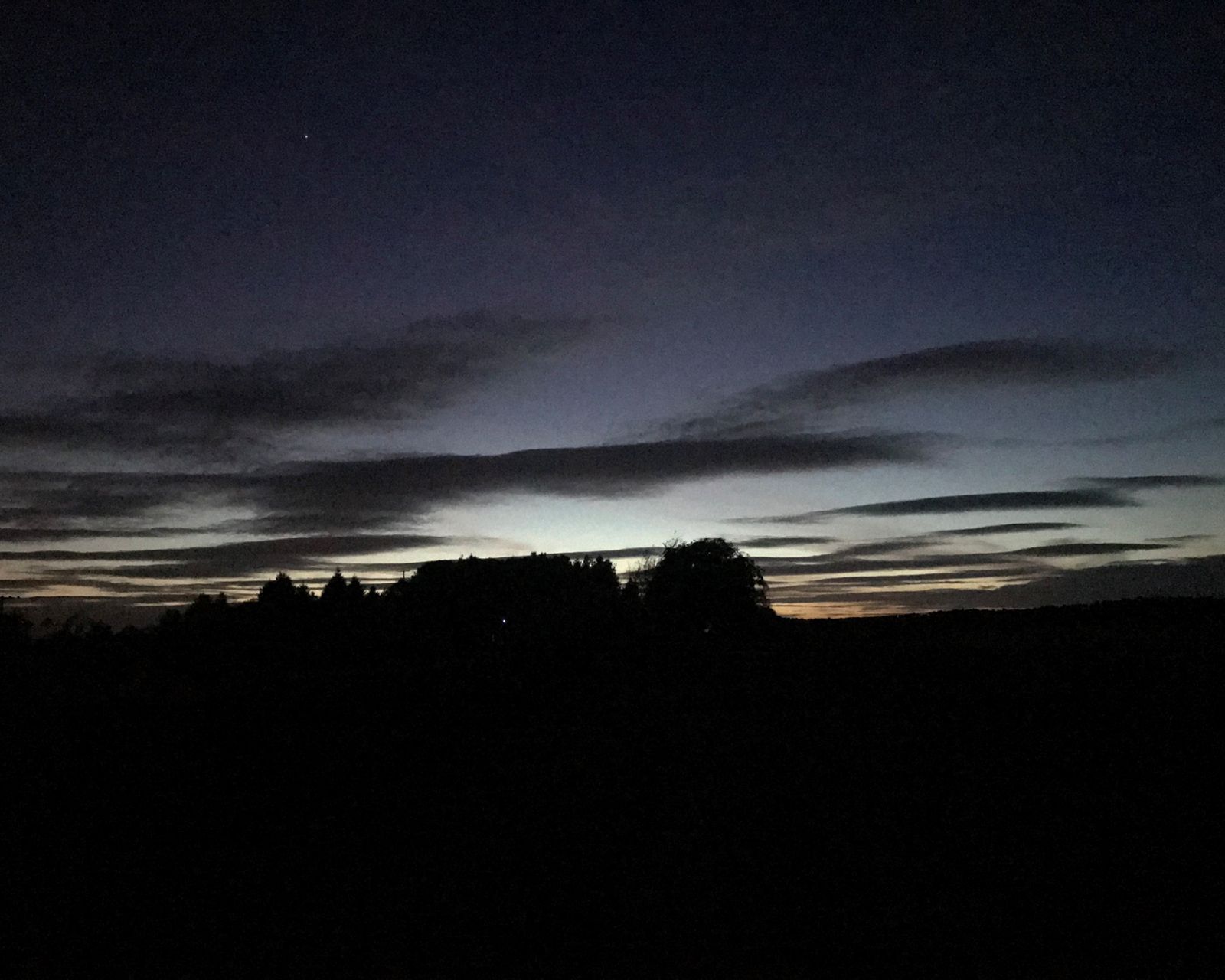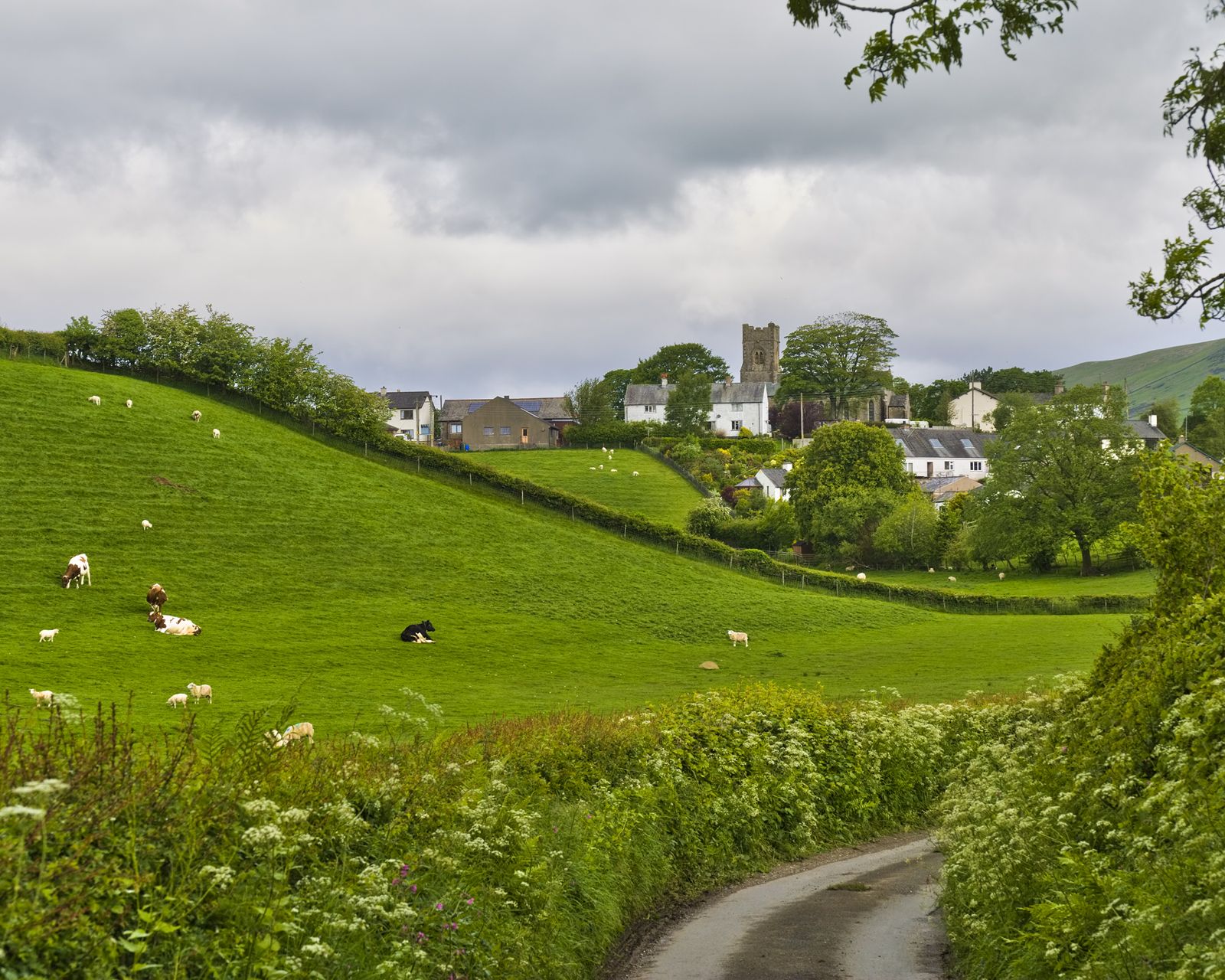Biodiversity net gain: mandatory provisions
By Nicole Wright | 14.02.24
New biodiversity net gain rules have been introduced to protect wildlife habitats ensuring they are left in an improved state than before development.

This week, the mandatory biodiversity net gain provisions of the Environment Act 2021 in relation to major sites came into force. All new ‘major’ development for which planning permission is granted must now deliver a 10% net gain of biodiversity. The same rules will come into force for ‘small’ developments from 1 April 2024.
What do the new BNG rules mean?
All major planning applications submitted from 12 February 2024, if consented, cannot commence until a biodiversity gain plan (BGP) is approved by the local planning authority (LPA).
Small developments are defined as residential developments of one to nine dwellings on sites less than 1 hectare, or where the number of dwellings is not specified on sites of less than 0.5 hectare. For non-residential developments, small schemes are defined as those where the buildings to be created are less than 1000m2 or on sites smaller than 1 hectare.

"There is a clear process to follow, and a biodiversity hierarchy in place that developers need to be aware of before embarking on a project. Adverse effects to distinctive habitats must be avoided. And while onsite provision is preferred, where this cannot be provided, offsite options and biodiversity credits will need to be considered."
The finer detail
A BGP should contain an assessment of the value of the natural habitats before and after development takes place ensuring that at least 10% net gain is achieved after development.
Where an application is made to vary the planning conditions on an approval under Section 73 of the Town and Country Planning Act 1990 development cannot begin until a BGP for overall development is approved by the LPA.
The BGP cannot be submitted until the day after the decision notice is issued and the LPA must issue its decision on the BGP within 57 days. In determining whether to approve a BGP an LPA must take account of how the biodiversity hierarchy is to be applied.
What does the biodiversity hierarchy look like?
- The possibility of onsite provision is preferred - developers must avoid adverse effects of any development to distinctive habitats. The biodiversity score metric must be equal to or higher than four. If adverse effects cannot be avoided, then mitigation must be provided through habitat enhancement.
- Where enhancement cannot be provided, creation of onsite habitat must be considered.
- Where onsite habitat cannot be created availability of offsite biodiversity gain needs to be considered.
- If offsite biodiversity enhancement cannot be secured, then, as a last resort, the purchase of biodiversity credits should be considered.
What are the exemptions?
- De minimis exemptions apply where the area or length of habitat impacted within a development is below 25m2 and 5m of linear habitat such as hedgerows. However, priority habitats are not exempt. Where priority habitat exists, the BNG condition applies to all habitat within the development.
- All householder applications are exempt.
- Small scale self and custom build projects are exempt.
- The 10% measurable net gain is disapplied for irreplaceable habitats such as: blanket bog, lowland fens, limestone pavements, coastal sand dunes, ancient woodland, ancient and veteran trees, Spartina saltmarsh swards, and Mediterranean saltmarsh scrub.
- High speed railway transport networks.
Please do get in touch with Nicole Wright or the team at Rural Solutions by emailing info@ruralsolutions.co.uk if you have any questions.


